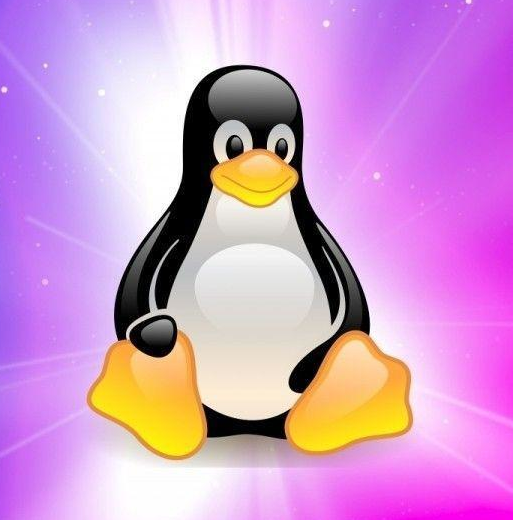

What kind of junk energy is there to harvest from a car (in meaningful amounts)? I guess breaking is the obvious answer, but that’s already covered by regenerative breaking. Most car-based energy harvesting systems seem to employ speedbumps that clearly take useful (kinetic) energy away from the car (probably at a very poor efficiency).




I think when I messed it up, it worked when I tried switching to the proprietary drivers for the second time. I think you can try that without much risk.
In my case I ended up disabling Secure Boot anyway because it just got too annoying (a BIOS update breaking it was the final straw for me). The security benefit after you’ve enrolled a MOK seems dubious anyway. It would be nice if distros could ship signed kernels with the open-source Nvidia driver but I guess that’s not happening.